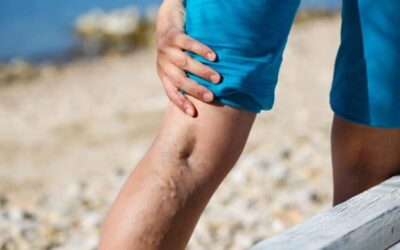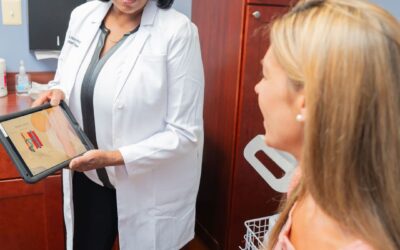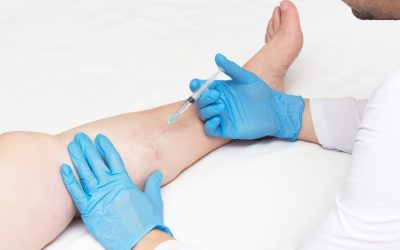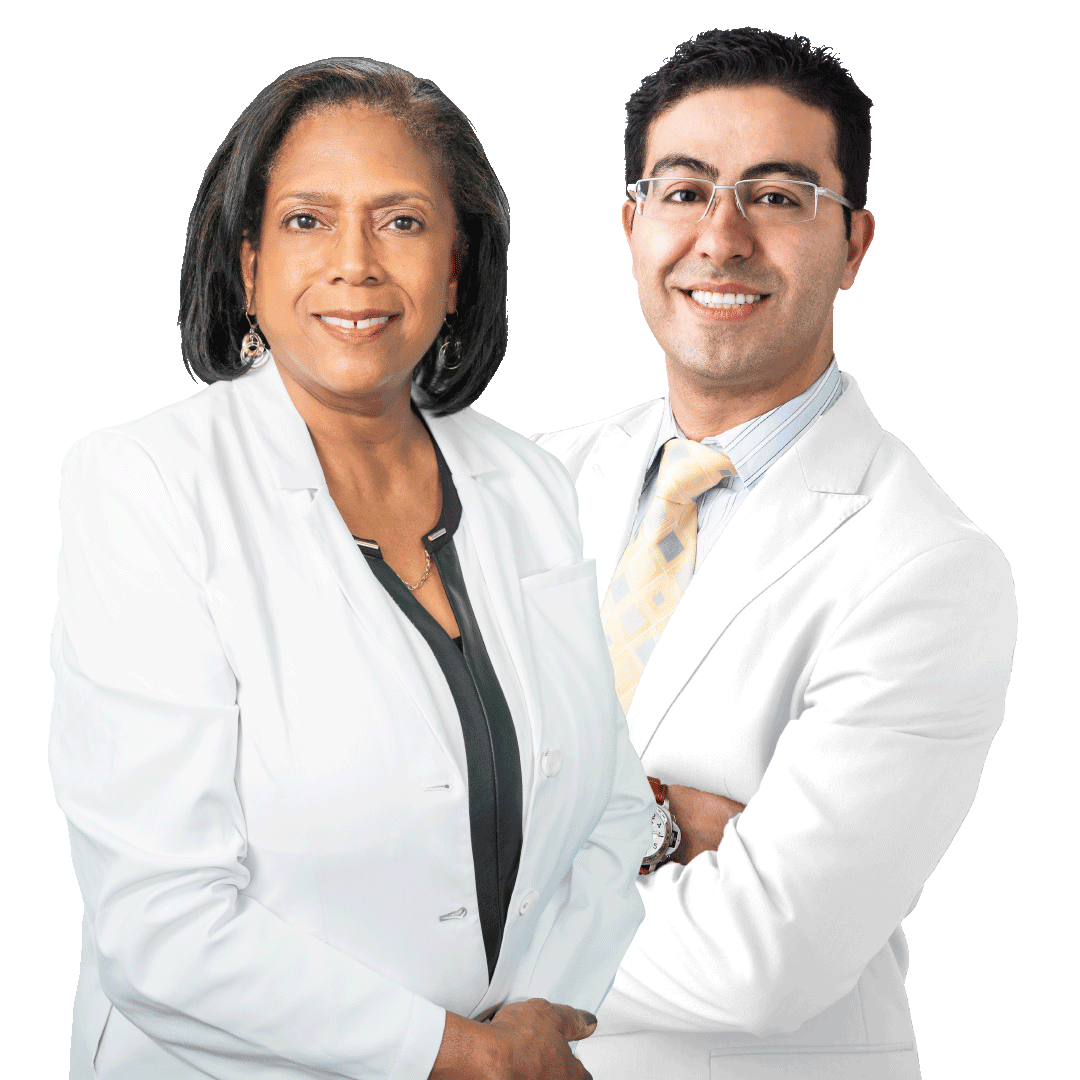Top Maryland Vein Doctors
How Are Spider Veins Treated?
Spider veins, also known as telangiectasias, are tiny dilated blood vessels that appear on the surface of the skin, mostly on the legs and face. Although spider veins are generally harmless, they can be aesthetically unappealing and cause discomfort. If you have spider veins and want to learn about how they can be treated, you have come to the right place. At Maryland Vein Treatment, we specialize in minimally invasive treatments for spider veins and varicose veins. In this article, we will discuss the various treatment options available for spider veins.
Diagnosis of Spider Veins
Before we discuss the treatment options, let us first understand the cause of spider veins. Spider veins are usually caused by the backup of blood in the veins due to weak or damaged valves. This condition is known as venous insufficiency. The blood pools in the veins, causing them to swell and become visible on the surface of the skin. At Maryland Vein Treatment, we always diagnose the root cause of spider veins via duplex ultrasound before curating a personalized treatment plan. Our board-certified vein doctors will evaluate your veins to determine the best treatment options for you.
Sclerotherapy
Sclerotherapy is a minimally invasive treatment option for spider veins. During this treatment, a sclerosing agent is injected into the affected veins. This causes the blood vessels to collapse and stick together, eventually closing off the veins. Over time, the body absorbs the closed veins and redirects blood flow to healthier veins. Sclerotherapy is a quick, painless procedure that can be done in under an hour. Most patients require multiple sessions of sclerotherapy to achieve optimal results.
Endovenous Laser Ablation
Endovenous laser ablation (EVLA) is a minimally invasive procedure used to treat larger varicose veins. During this treatment, a laser fiber is inserted into the affected vein through a tiny incision. The laser energy heats and closes off the vein, causing the body to redirect blood flow to healthier veins. EVLA is an outpatient procedure that can be completed in under an hour. Most patients can return to their normal activities immediately after the procedure.
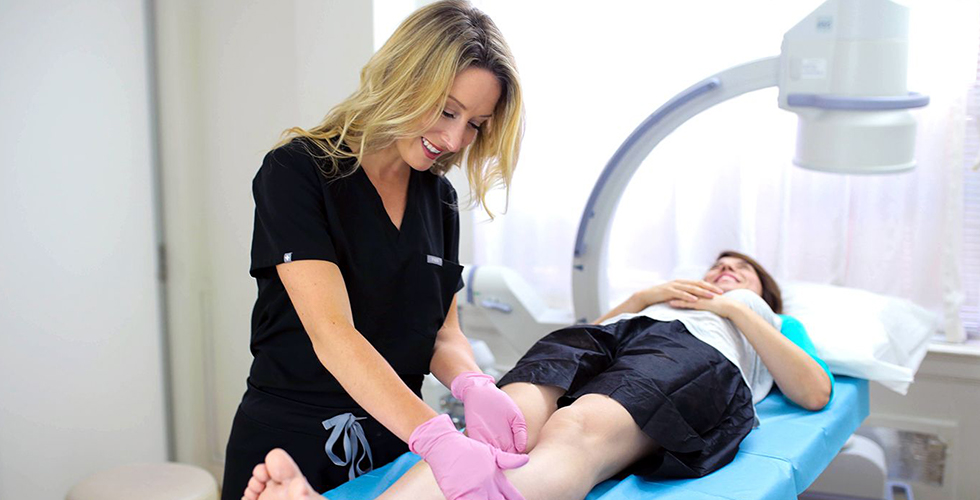
We know health insurance is confusing so we will help you check if you’re covered:
FREE Coverage Checker:
Radiofrequency Ablation
Radiofrequency ablation (RFA) is another minimally invasive procedure used to treat larger varicose veins. During this procedure, a small catheter is inserted into the affected vein, and radiofrequency energy is used to heat and close off the vein. Like EVLA, RFA is an outpatient procedure that can be completed in under an hour. Most patients can return to their normal activities immediately after the procedure.
VenaSeal
VenaSeal is a newer treatment option for varicose veins that uses a medical adhesive to close off the affected vein. During this procedure, a small catheter is inserted into the vein, and the adhesive is injected into the vein. The adhesive seals the vein shut, and the body redirects blood flow to healthier veins. VenaSeal is a quick, painless procedure that can be completed in under an hour. Most patients can return to their normal activities immediately after the procedure.
Ambulatory Phlebectomy
Ambulatory phlebectomy is a minimally invasive surgical procedure used to remove larger varicose veins. During this procedure, tiny incisions are made in the skin, and the affected vein is removed through the incisions using a special tool. Ambulatory phlebectomy is an outpatient procedure that can be completed in under an hour. Most patients can return to their normal activities within a few days of the procedure.
Wearing Compression Stockings
In addition to the minimally invasive treatment options, wearing compression stockings can also help relieve the symptoms of spider veins. Compression stockings are specially designed stockings that apply pressure to the legs, promoting healthy blood flow and reducing swelling. Wearing compression stockings can help prevent the formation of new spider veins and improve the appearance of existing ones. At Maryland Vein Treatment, we may recommend wearing compression stockings as a part of your treatment plan.

Visit Our Maryland Vein Treatment Center
Other Tips for Preventing Spider Veins
In addition to the treatment options mentioned above, there are some simple lifestyle changes that you can make to prevent the formation of spider veins. These include:
- Exercise regularly: Regular exercise helps improve circulation and strengthen the muscles in your legs.
- Maintain a healthy weight: Being overweight puts extra pressure on your veins, which can lead to the formation of spider veins.
- Avoid prolonged sitting or standing: If you have a job that requires you to sit or stand for long periods, take breaks to move around and stretch your legs.
- Elevate your legs: Elevating your legs above your heart for 15-20 minutes a few times a day can help reduce swelling and improve circulation.
Visit Maryland Vein Treatment Today
Spider veins can be a source of discomfort and embarrassment for many people. Fortunately, there are a variety of minimally invasive treatment options available that can effectively treat spider veins. At Maryland Vein Treatment, we specialize in diagnosing and treating venous insufficiency, including spider veins and varicose veins. Our board-certified vein doctors will work with you to develop a personalized treatment plan that meets your unique needs.
Maryland Vein Treatment is conveniently located at 10215 Fernwood Rd, Suite 301, Bethesda, Maryland, just outside of Washington, DC in Silver Spring, Maryland. We have flexible scheduling options available to fit your busy lifestyle. We also offer free insurance verification even before the first appointment to ensure that you receive the care you need. Contact us today to schedule your consultation!
